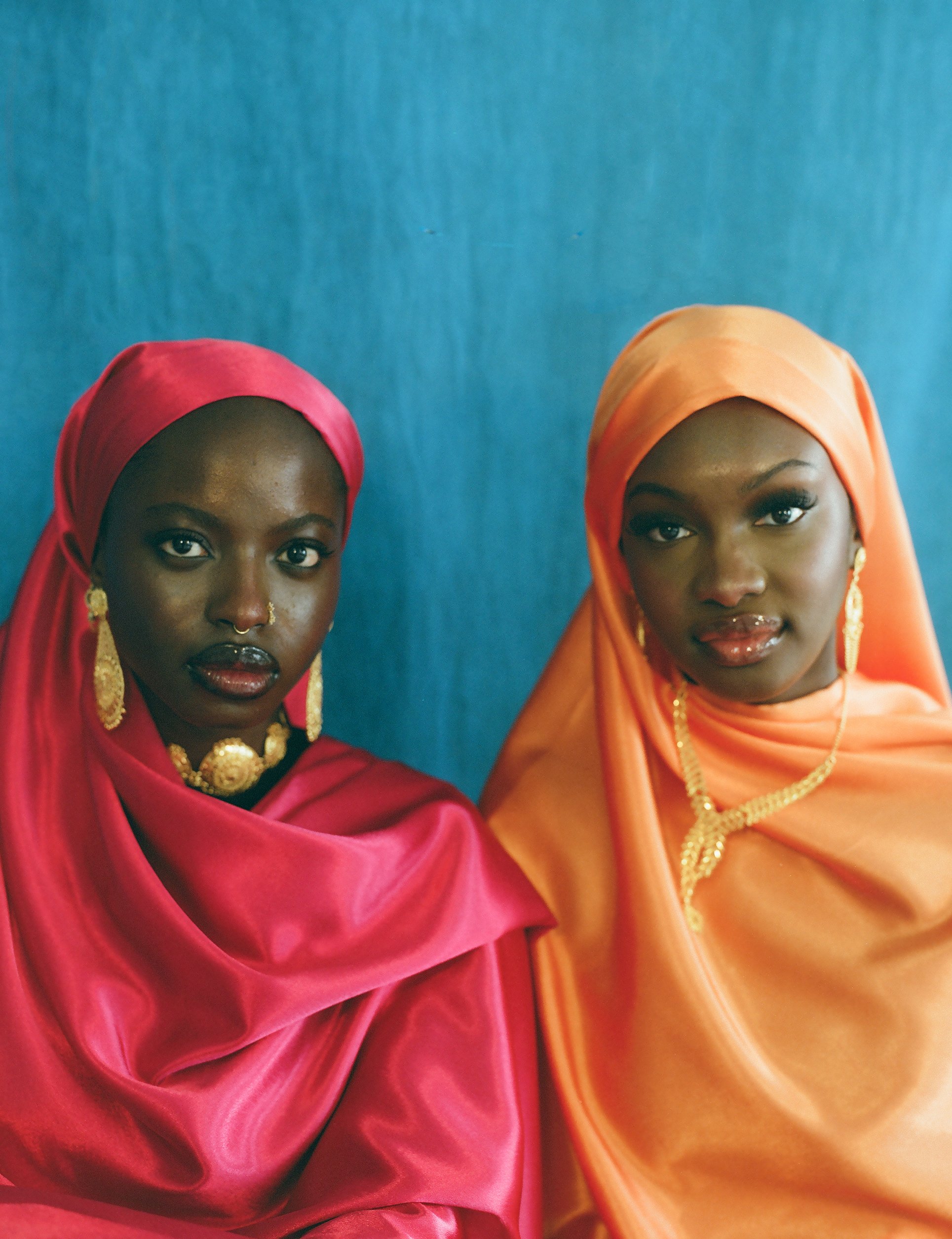A Colorful Eid
2025
The photo of the plantation house was taken in 1928, the collage was completed by Nairobi in 2025. The rest of the photos range from 1970s to early 2000s
Story: Gerard Seabrooks recently welcomed his second grandchild into the world. His eldest daughter, Natalie lives in North Carolina where our family has roots going back generations. In 2023, we learned of a plantation house that was built at the turn of the 1800s; it still stands in the small community of Edisto Island, South Carolina. The plantation on which it sits carries our family name. Seabrook Plantation. Knowledge of our family lineage has become a high priority as we contemplate what legacy we hope to pass on.
Who are we if not a summation of our stories? My nephews deserve to know this land in Edisto was once a homebase for free Black people in the postbellum South. I want them to know that alongside other descendants, they can be decision-makers regarding the cultivated of their history and their land. Seabrook Plantation is currently used for hunting and recreation purposes, but we know we can do more. Amid disputes of critical race theory’s inclusion in public curriculums, the dissolution of DEI, and climate turbulence, it has become urgent to discuss the realities of historical land and the possibility of land rematriation as an heirloom.
In these pages, we follow trails of family photos and handwritten prose found on the back of young parent’s portraits, hoping to piece together where our lineage fits into our purpose. The three hundred acres of land on which the Seabrook Plantation sits was purchased in 1833 by Governor Whitemarsh “William” Seabrook and housed between 44 and 119 enslaved people at any given time. The Governor amassed his fortune by growing sea island cotton. To do so, he capitalized on nutrient rich soil, the humid climate of Edisto Island and of course, free labor. This wealth was passed down generationally along his bloodline and in 2012, the land was placed on the market for nearly $10 million. We are carriers of the Seabrook name, but this country and many others systematically exclude Black people from the fruit of generational labor. We believe there is power in knowing where we come from and honoring the legacy of liberation set forth by our ancestors.
In modern Octavian times, this country has a wealth gap rivaling that of the feudal age. “From 2019 to 2022, the mean gap in net worth between Black and white households grew from $841,900 to $1.15 million” while current political antics mean to multiply history’s damage. The home has been a quintessential method to build and store wealth while intergenerational gifts aka inheritance serves as a close second. If American plantations and their surrounding land could be systematically returned to the descendants of those enslaved there, what all gets bequeathed…spaciousness, time, security? Reparations are a contentius topic in the US and beyond, but I can’t help but wonder whether other forms of wholeness are possible. If both historical sites and the descendants of people who labored on them exist in this present moment, how can we actively connect what has been intentionally disconnected?
Could the acreage of Seabrook Plantation be transformed into a food forest or a learning garden so we can pass on agricultural techniques and recipes of the generations before our own? Could we form community land trusts to be collectively owned and operated by descendants of those enslaved there?
By the end of this series, we aim to identify a praxis of this work in motion. We commit to research the fractal-like examples, both historic and contemporary, that delineate processes of remediation, regeneration and rematriation. Rematriation is happening every day and we’d love to demonstrate that these strategies can serve as a framework to be duplicated by other descendants. Our ancestors created entire worlds with their genius and expertise. If this is possible, we have a right to know. Who can delineate this bloodline, if not me and you?
Submitted by: Nairobi
Connect: @nairobi.natural









